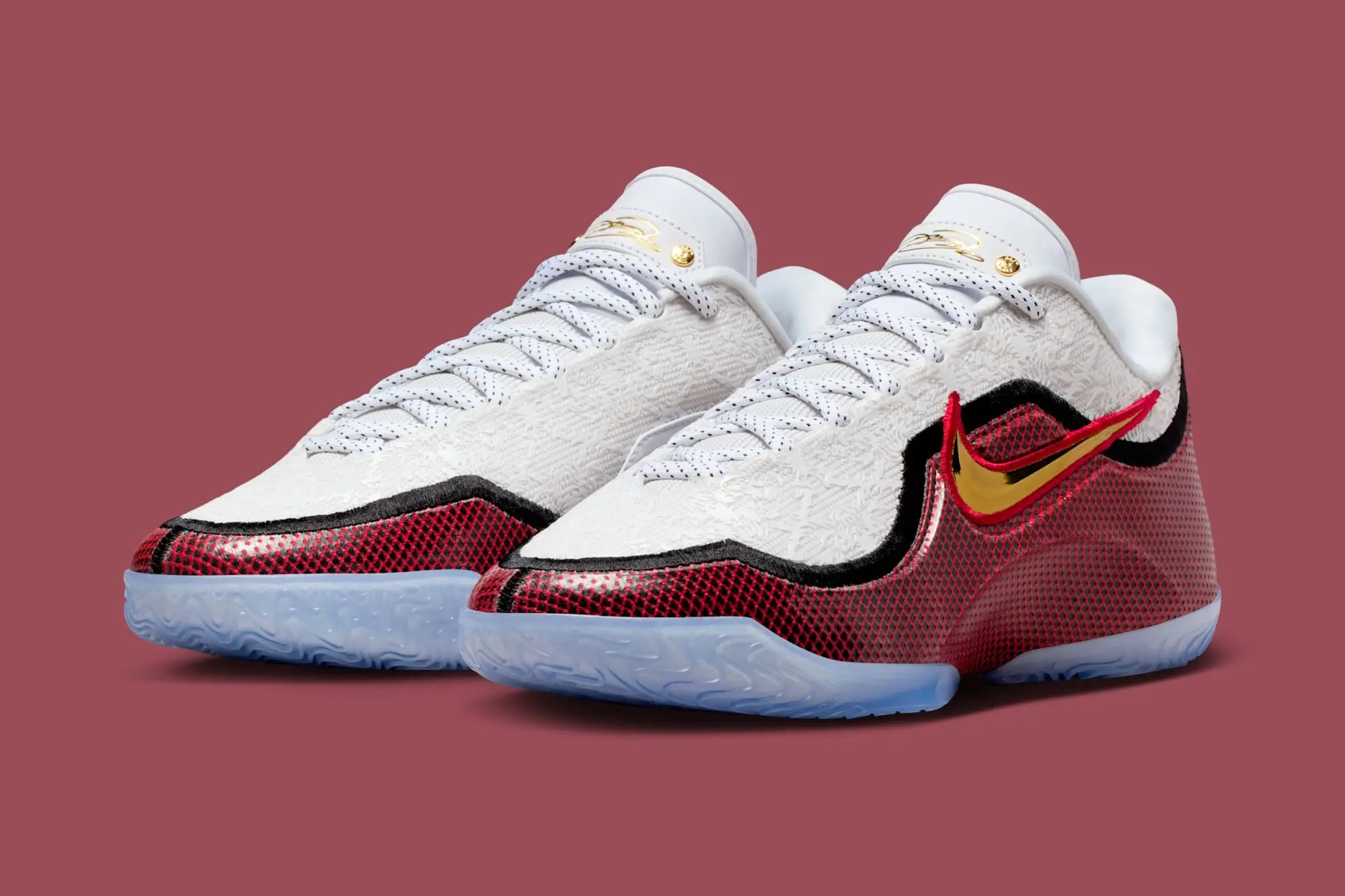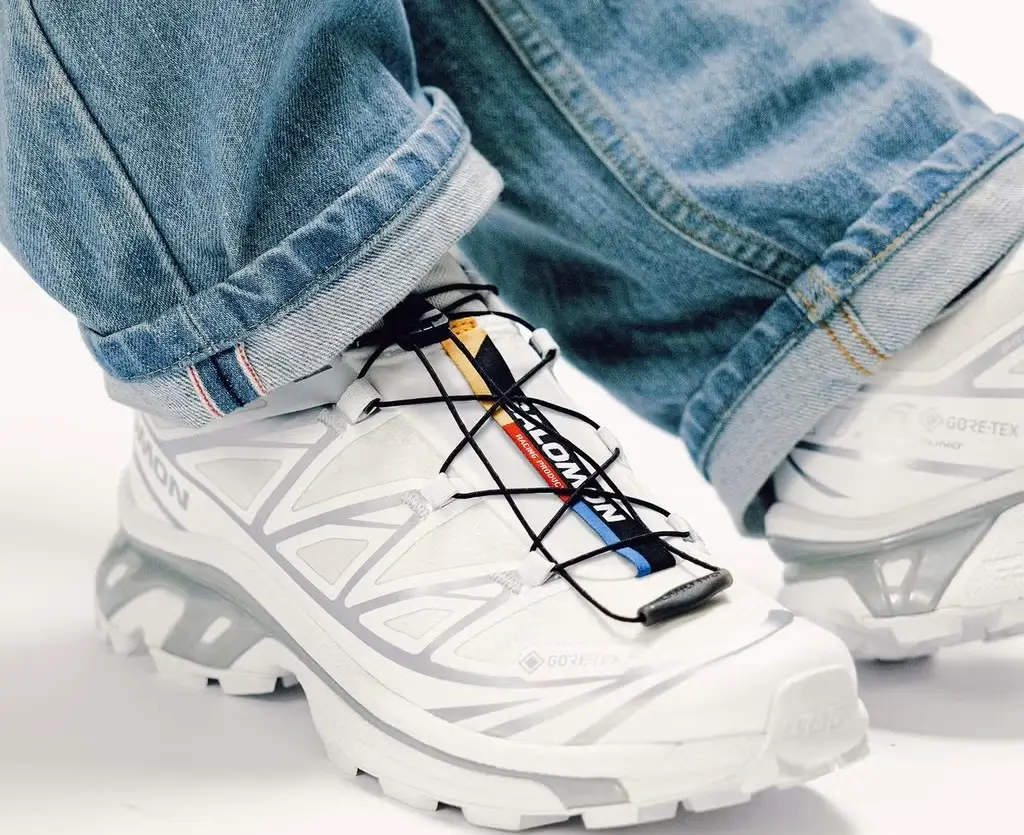New Balance has long been synonymous with practicality, comfort, and an unassuming aesthetic. It is a brand that, for decades, has embraced a “less-is-more” philosophy, appealing to a wide range of consumers, but particularly to a demographic often overlooked in the ever-evolving, trend-driven sneaker industry: elderly runners. This demographic has shaped New Balance’s identity, influencing its design philosophy, marketing strategy, and brand positioning.
In a world where shoe culture is dominated by flash and flair, New Balance has consistently found success by sticking to the basics. Its latest collaboration with Dover Street Market on the 991 sneaker in “Triple-Black” is a testament to this ethos.
The Essence of New Balance: Simplicity and Comfort
New Balance is often regarded as the “daddy of all dad shoes,” a nod to its steadfast commitment to comfort, durability, and functionality. Unlike other athletic brands that continuously push the envelope with bold designs, wild colorways, and celebrity endorsements, New Balance has maintained a minimalist aesthetic. It prioritizes the needs of its core consumers, many of whom are elderly runners who value practicality over hype.
For this demographic, comfort is king. New Balance sneakers are renowned for their superior cushioning, wide sizing options, and reliable support. The brand’s focus on comfort and functionality has cultivated a loyal customer base, who appreciate the simplicity and dependability of the shoes. This pragmatic approach has not only earned New Balance a reputation for quality but also an iconic status as the go-to sneaker for those who prioritize performance and comfort over trendiness.
The Appeal of the New Balance 991
The New Balance 991 is a classic within the brand’s extensive lineup. First released in 2001 as part of the 99X series, the 991 quickly gained popularity due to its innovative ABZORB cushioning technology and sleek, understated design. It became a favorite among serious runners and casual wearers alike. The shoe’s durability, comfort, and timeless aesthetic have cemented its status as a staple in the New Balance catalog.
The 991 is particularly popular among older runners, who appreciate its stable ride, cushioned midsole, and supportive fit. These features cater to the unique needs of elderly athletes, who often require additional arch support and shock absorption to minimize joint strain. The 991’s straightforward design also resonates with this demographic, as it avoids the overly complicated and flashy elements found in many contemporary sneakers.
Dover Street Market’s Avant-Cool Influence
Dover Street Market (DSM) is known for its avant-garde approach to retail, seamlessly blending high fashion with streetwear and contemporary art. Its collaborations are revered for their exclusivity and cutting-edge design. However, DSM’s partnership with New Balance on the Triple-Black 991 sneaker takes a different approach. Rather than reinventing the wheel, DSM has opted for a more subtle and refined execution, staying true to New Balance’s minimalist roots.
The DSM NB 991 features a monochromatic black-on-black-on-black color scheme, exuding an understated sophistication. It retains all the familiar elements of the classic 991, including the “Made in England” branding on the tongue—a hallmark of New Balance’s premium line manufactured in Flimby, Cumbria. The only deviation from the original design is the addition of a discreet DSM stamp on one of the heels, signaling the connective effort without overwhelming the shoe’s clean lines.
In an age where collaborations are often used to generate hype and drive sales, the DSM x New Balance 991 stands out for its restraint. It is a masterclass in subtlety, a perfect marriage of DSM’s avant-garde coolness and New Balance’s timeless simplicity. The Triple-Black colorway enhances the shoe’s versatility, making it suitable for various occasions, from casual outings to more formal settings.
This collaboration is a continuation of New Balance’s “less-is-more” approach. It appeals to the brand’s loyal customer base who value functionality and understated style. Simultaneously, it attracts a younger, fashion-forward audience who appreciate DSM’s cultural cachet. By maintaining its minimalist aesthetic while incorporating DSM’s cool factor, New Balance has successfully bridged the gap between two seemingly disparate markets.
The Cultural Impression of Dad Shoes
The rise of “dad shoes” as a fashion trend has further solidified New Balance’s status as a cultural icon. Chunky sneakers with retro aesthetics have become a staple in high fashion and streetwear, popularized by luxury brands like Balenciaga, Gucci, and Prada. New Balance, however, has been making dad shoes long before they were considered fashionable.
The brand’s authenticity in this space gives it a distinct advantage. While other companies are manufacturing nostalgia, New Balance has maintained a consistent design philosophy rooted in comfort and practicality. This authenticity resonates with consumers who value genuine heritage brands over fleeting trends.
The DSM NB 991 perfectly encapsulates this cultural phenomenon. It taps into the dad shoe trend while staying true to New Balance’s DNA. Its monochromatic palette and streamlined silhouette offer a modern twist on a classic design, appealing to both shoe purists and fashion enthusiasts.
Made in England: A Testament to Quality
One of the standout features of the DSM NB 991 is its “Made in England” branding. New Balance is one of the few athletic footwear companies that still manufactures a portion of its products in the UK and the USA. The Flimby factory in Cumbria, where the 991 is produced, is renowned for its craftsmanship and attention to detail.
The “Made in England” label is not merely a marketing gimmick; it signifies superior quality and durability. It also reflects New Balance’s commitment to ethical manufacturing practices, supporting local economies and ensuring high labor standards. This resonates with conscientious consumers who value transparency and sustainability in the products they purchase.
The Future of New Balance: Embracing Tradition and Innovation
The DSM x New Balance 991 demonstrates that tradition and innovation can coexist. By preserving the classic design of the 991 while incorporating DSM’s contemporary flair, New Balance has created a product that is both nostalgic and forward-thinking. This balance between heritage and modernity is central to New Balance’s strategy as it continues to expand its influence in the shoe industry.
The connection also illustrates New Balance’s versatility. It can cater to elderly runners who prioritize functionality and comfort while simultaneously appealing to a younger, fashion-savvy audience. This duality is key to the brand’s continued success, allowing it to remain relevant in an increasingly competitive market.
A Winning Formula
When elderly runners are your bread and butter, simplicity is a good thing. New Balance understands this better than any other athletic brand. Its collaboration with Dover Street Market on the Triple-Black 991 is a testament to the power of simplicity and restraint. By staying true to its roots and focusing on comfort, durability, and understated style, New Balance has once again proven that less is indeed more.
The DSM NB 991 is not just a sho; it is a cultural statement. It represents a harmonious blend of tradition and modernity, functionality and fashion. In a world where trends come and go, New Balance’s commitment to simplicity and authenticity is a refreshing reminder that timeless design never goes out of style.
No comments yet.








